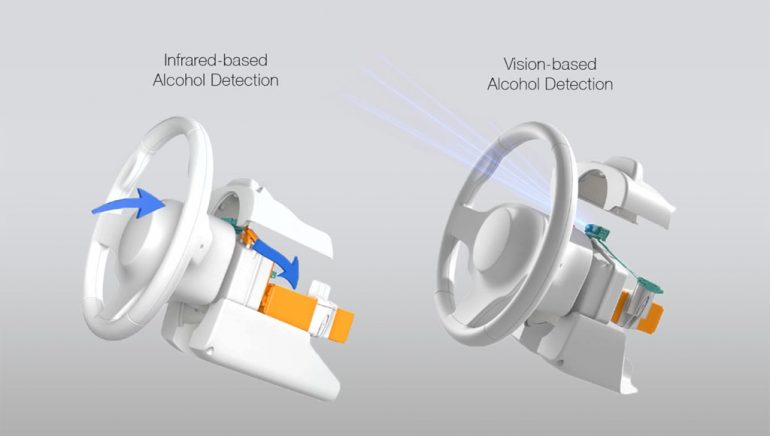
In a submission to the National Highway Traffic Safety Administration (NHTSA), the Alliance for Automotive Innovation emphasized the crucial link between technological readiness and public acceptance in the fight against drunken or impaired driving. Highlighting the necessity of consumer awareness and buy-in, the Alliance stressed that merely having advanced detection technology in vehicles is insufficient without accompanying education and acceptance among consumers. Fundamentally, for the technology to be a success, the public will first need to accept the idea and ultimately the devices.
This submission follows a mandate outlined in the 2021 infrastructure law directing NHTSA to finalize a rule by November 15, requiring new vehicles to incorporate passive prevention technology for drunken and impaired driving. Automakers are expected to integrate this technology as standard equipment in all new light-duty vehicles within a two to three-year timeframe following the issuance of the rule.
NHTSA’s current focus involves gathering input from various stakeholders to establish performance standards for the technology. While the specifics are yet to be determined, potential implementations could include a combination of sensors and cameras capable of detecting driver intoxication. Although the primary emphasis is on alcohol impairment, considerations for addressing drowsy and distracted driving are also on the table. However, the rule would not cover impairment caused by drugs due to technological limitations and the absence of standardized testing protocols.
The Alliance, representing major automotive manufacturers such as Ford, General Motors, and Toyota, underscores the necessity of a comprehensive consumer education campaign alongside the impending rulemaking. They stress that misconceptions about the technology could hinder its effectiveness and acceptance among the public.
Efforts to combat drunk driving have been ongoing for over a decade, with initiatives like the Driver Alcohol Detection System for Safety in development. This system, incorporating breath- and touch-based measurements of blood alcohol levels, is undergoing trial deployments with states and private fleet companies. While progress has been made, challenges remain, particularly with touch-based systems, which are not yet passive or refined enough for automotive use. Concerns about false positives and their potential impact on consumer acceptance are also raised.
The Alliance advocates for a technology-neutral approach in the rulemaking process, allowing automakers flexibility to integrate new sensor technologies, improve detection algorithms, and add redundancies as needed. They emphasize the importance of clearly defined test procedures to ensure objective and reproducible measurement of impairment types covered by the regulation. Additionally, they stress the need for NHTSA to consider consumer expectations to prevent potential rejection of the technology, which would undermine the purpose and benefits of the standard.
Source: Automotive News (subscription required)

Mike Floyd is a finance executive by trade and a car enthusiast at heart. As a CFO with a keen eye for detail and strategy, Mike brings his analytical mindset to the automotive world, uncovering fresh insights and unique perspectives that go beyond the surface. His passion for cars—especially his favorite, the Porsche 911, fuels his contributions to Automotive Addicts, where he blends a love for performance and design with his professional precision. Whether he’s breaking down industry trends or spotlighting emerging innovations, Mike helps keep the site both sharp and forward-thinking.